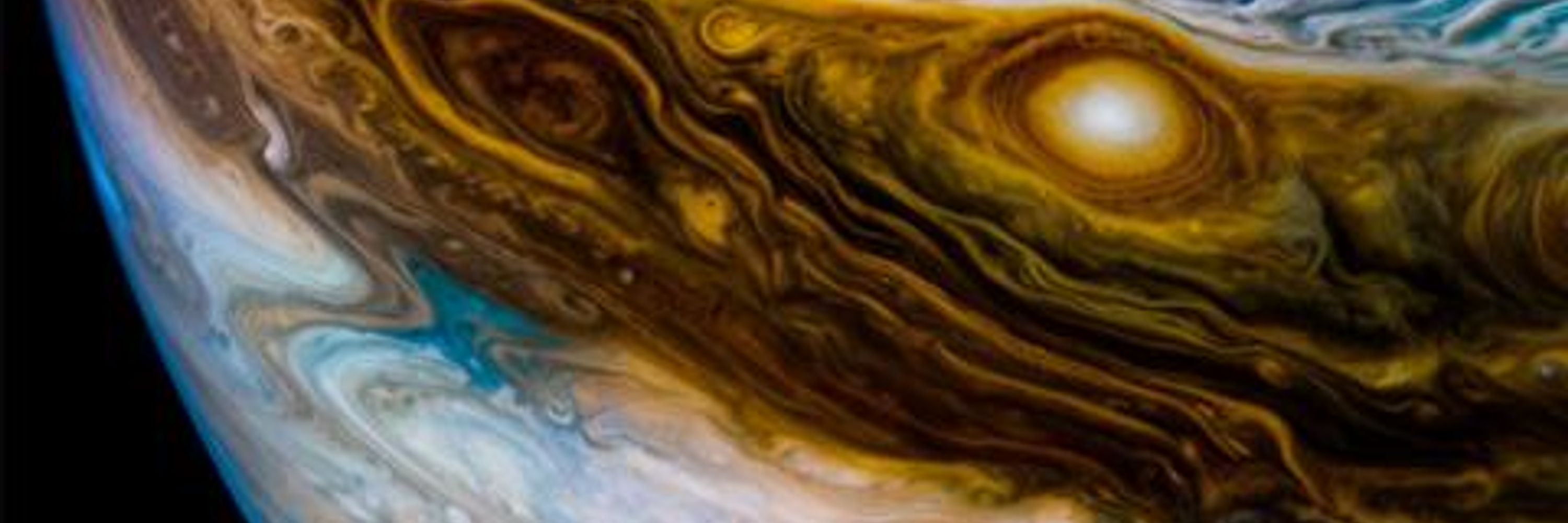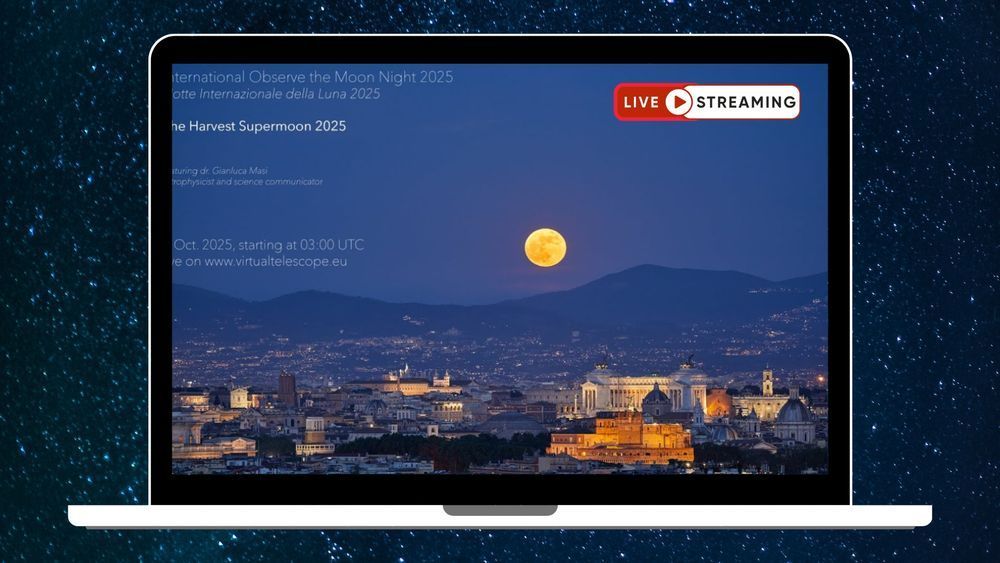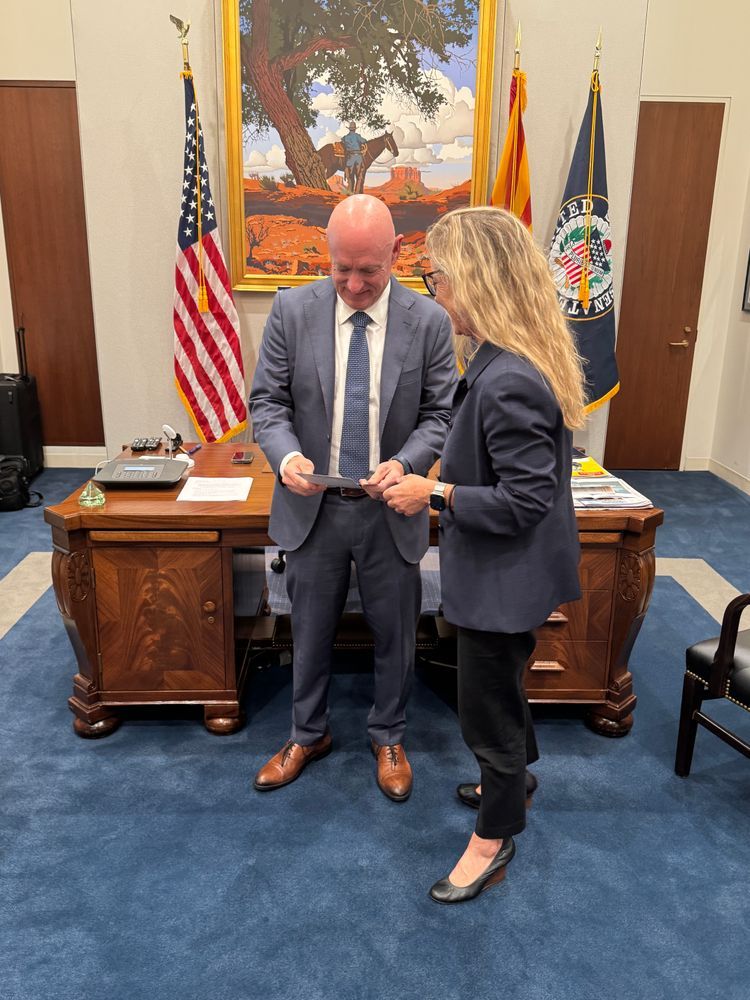Planetary Science Institute
@psi.edu
1.4K followers
53 following
440 posts
https://www.psi.edu/
A private nonprofit dedicated to studying the origin, characteristics, and evolution of planetary systems and planets, including the Earth.
Posts
Media
Videos
Starter Packs
























